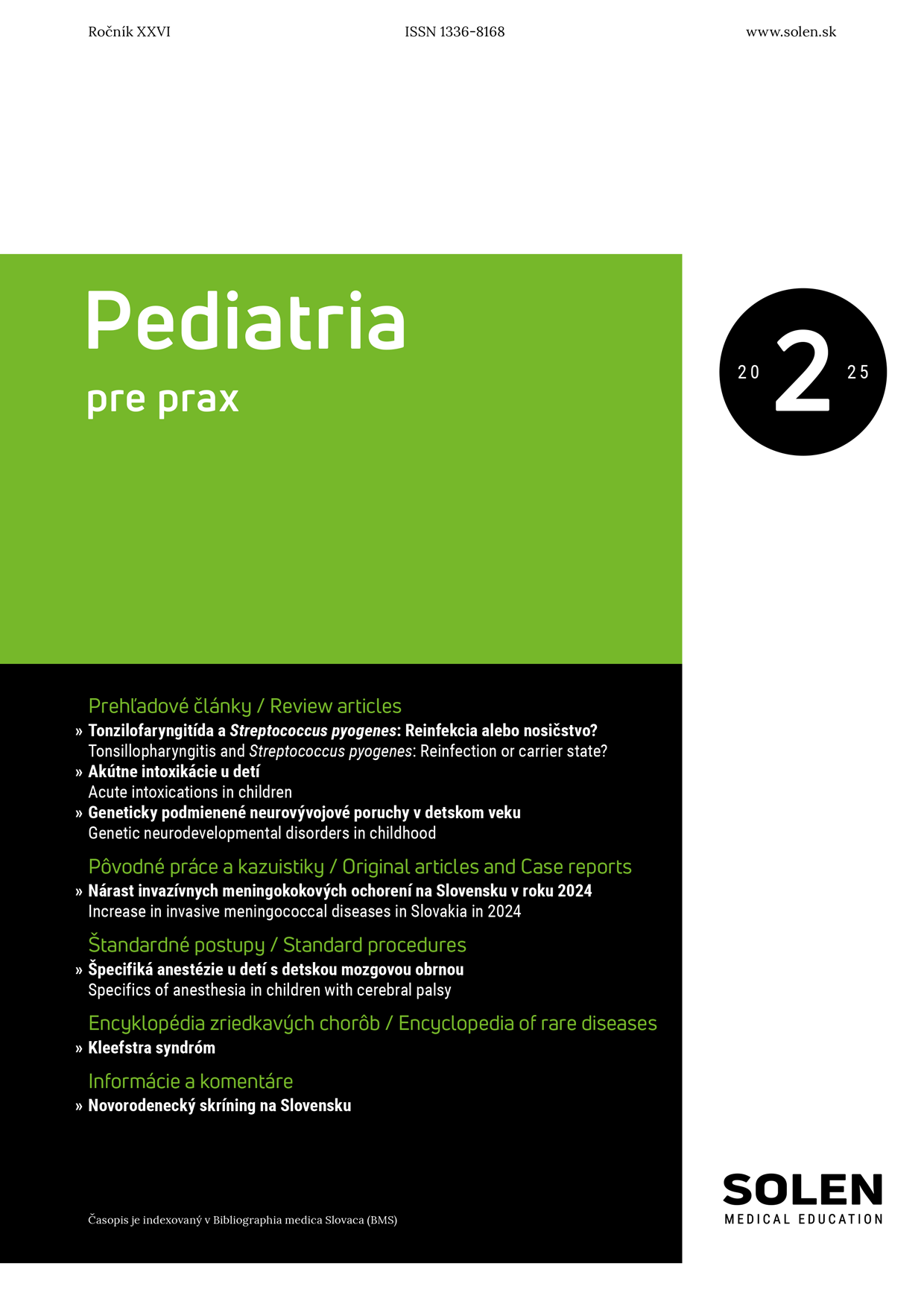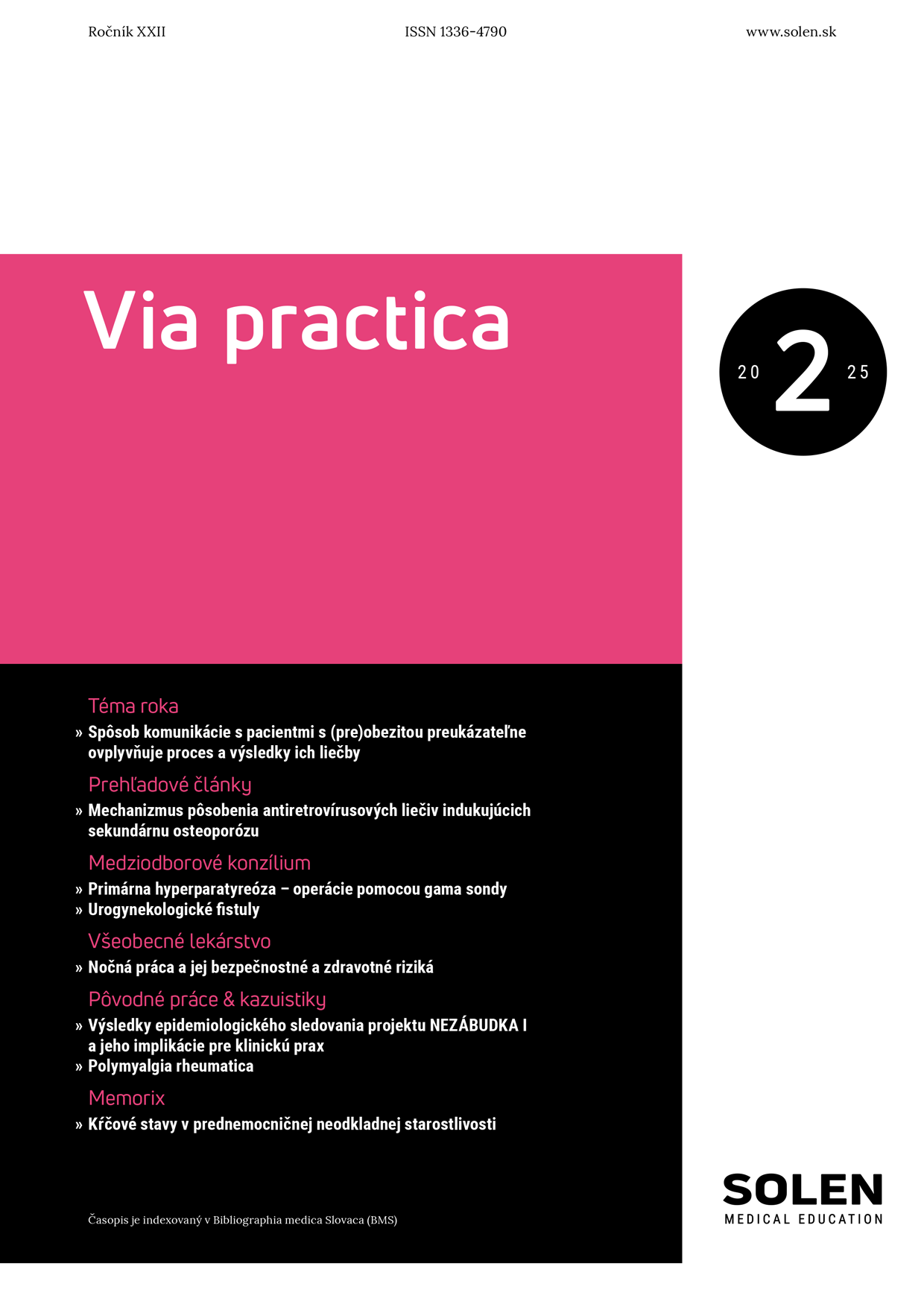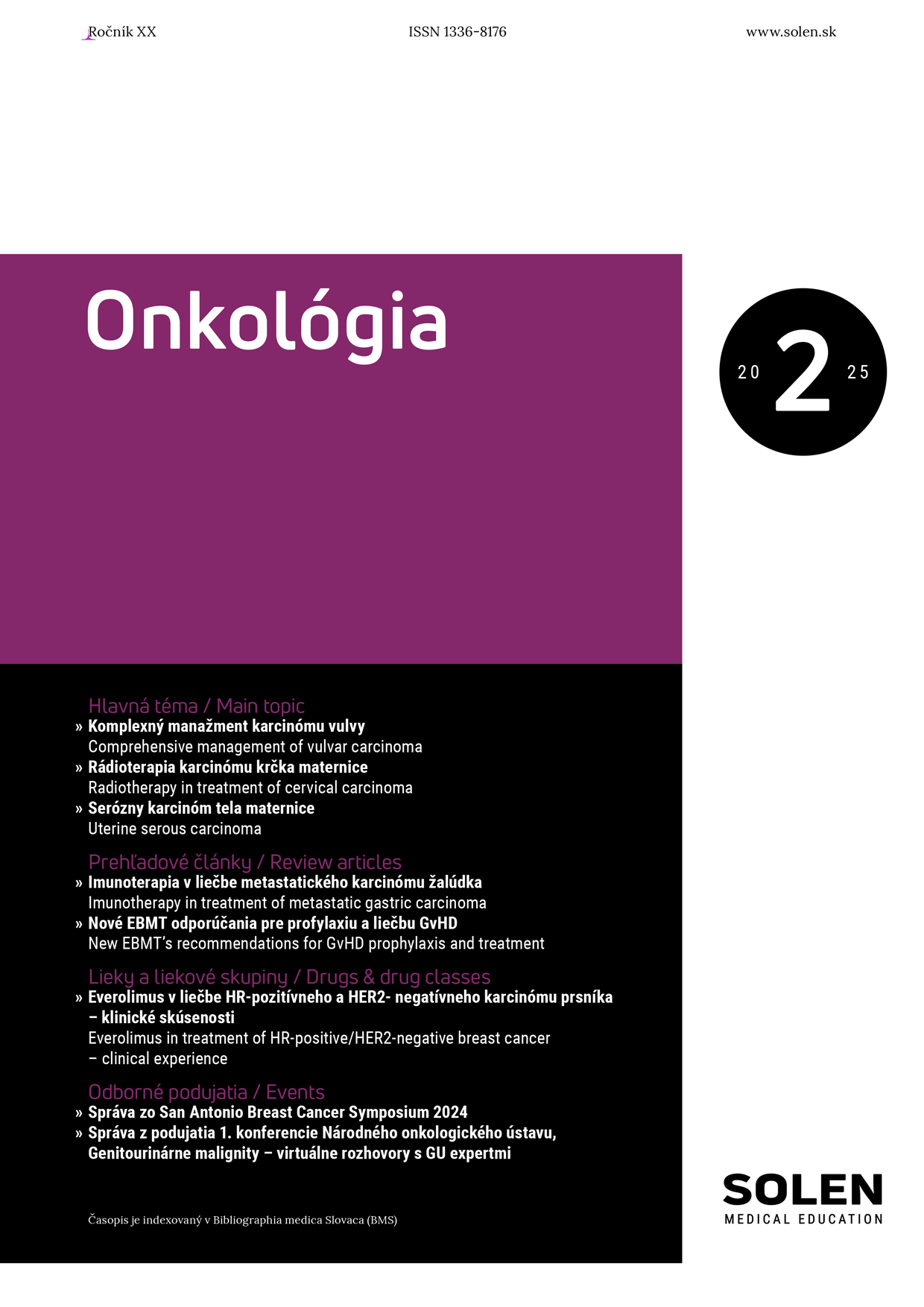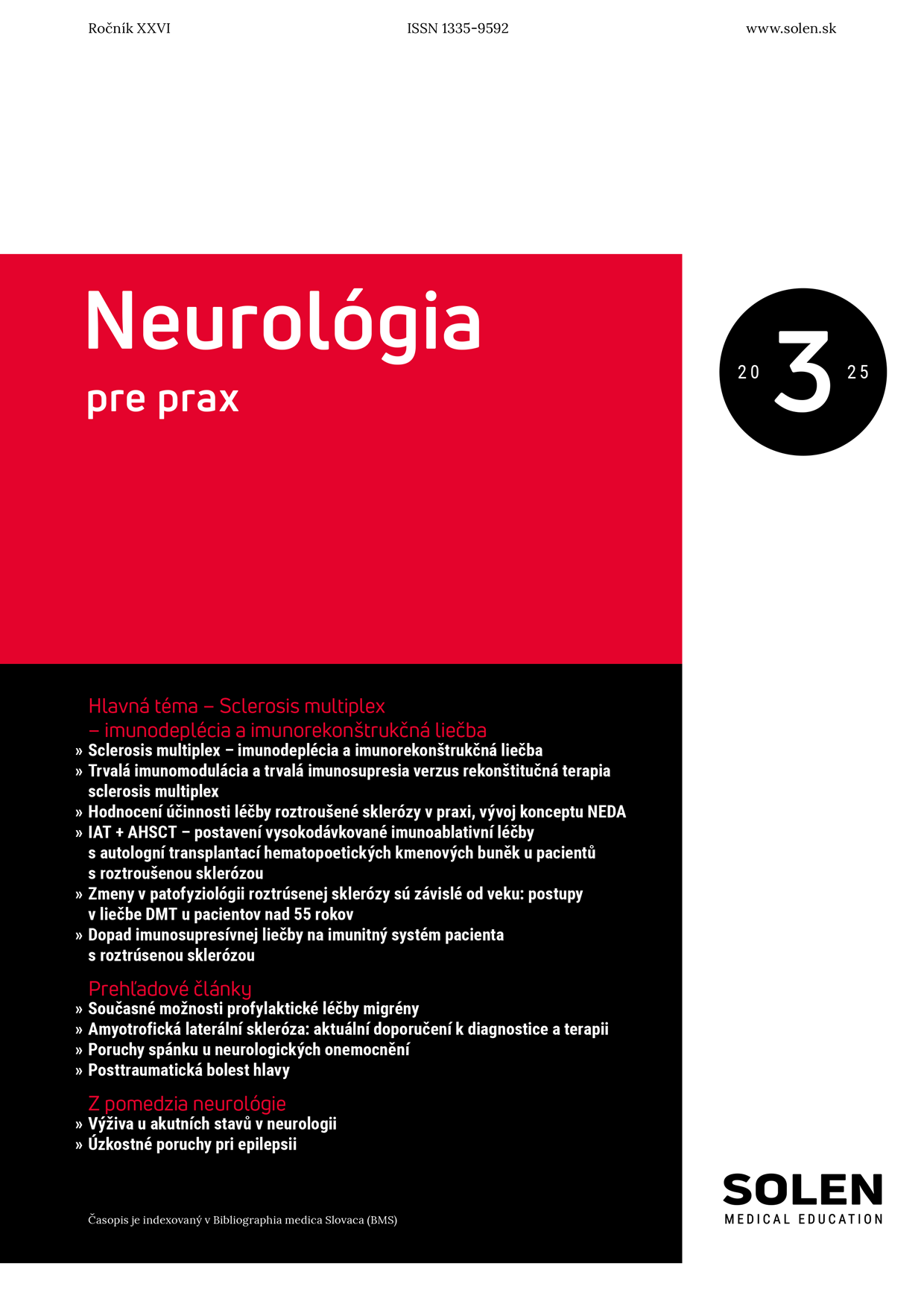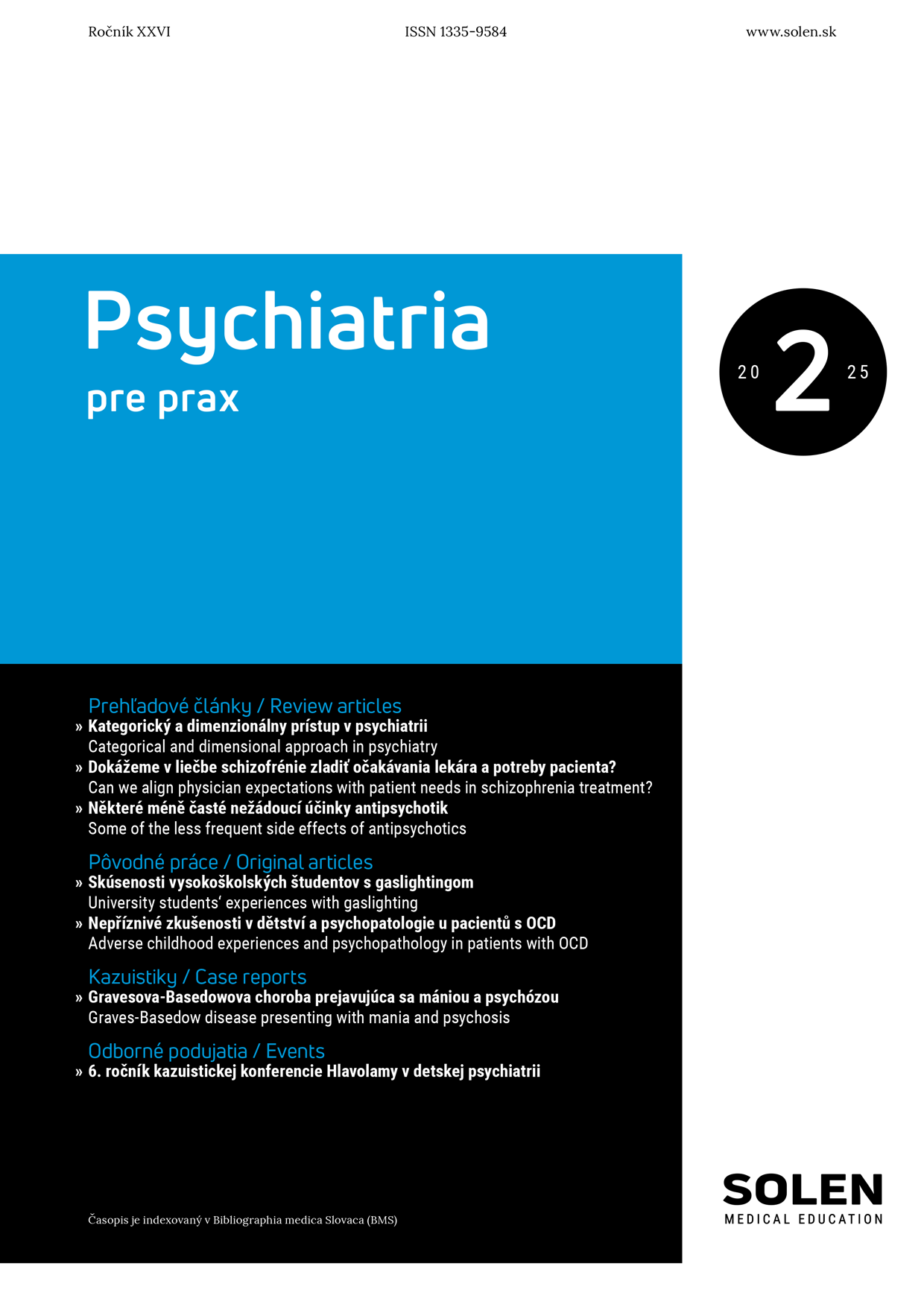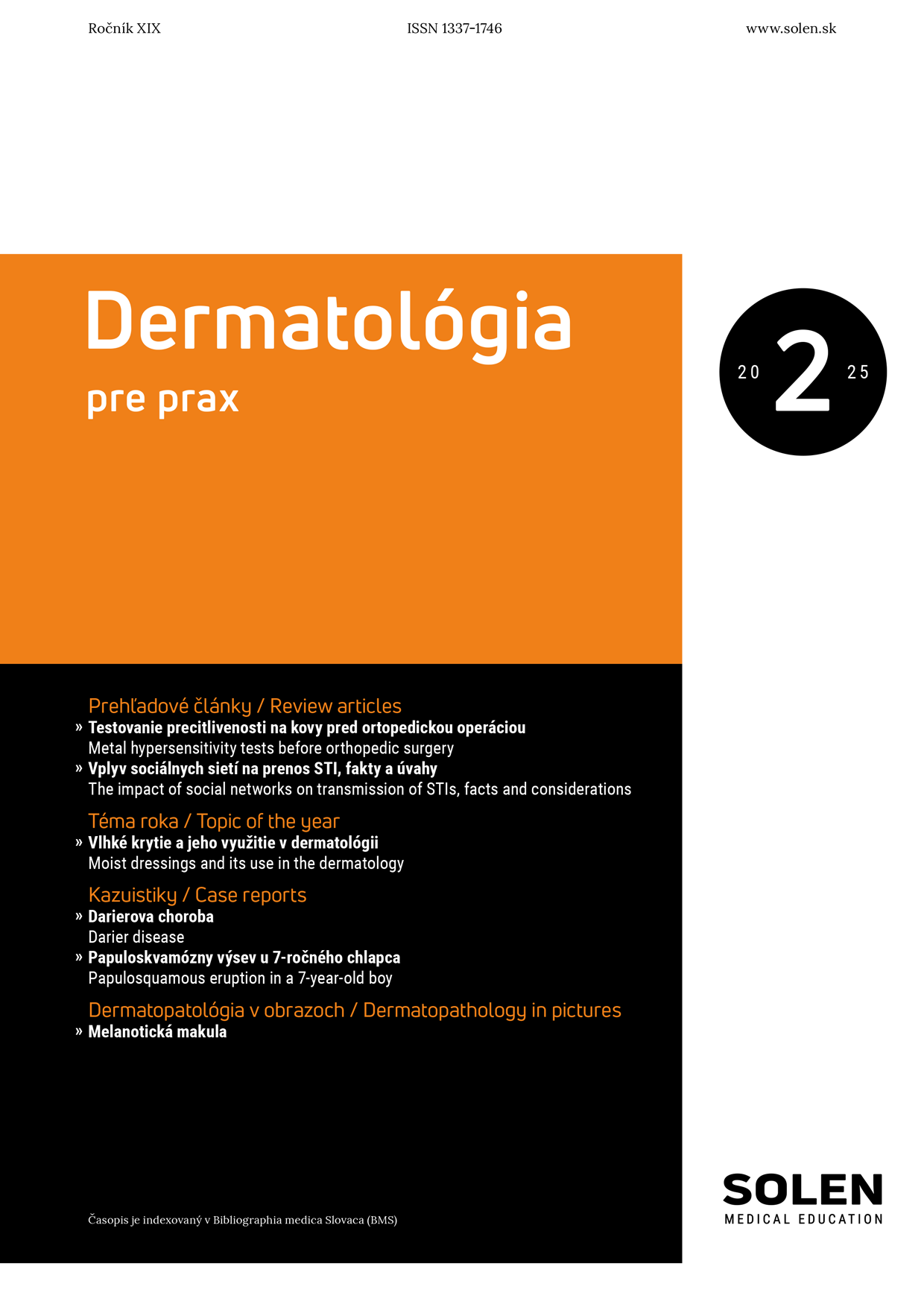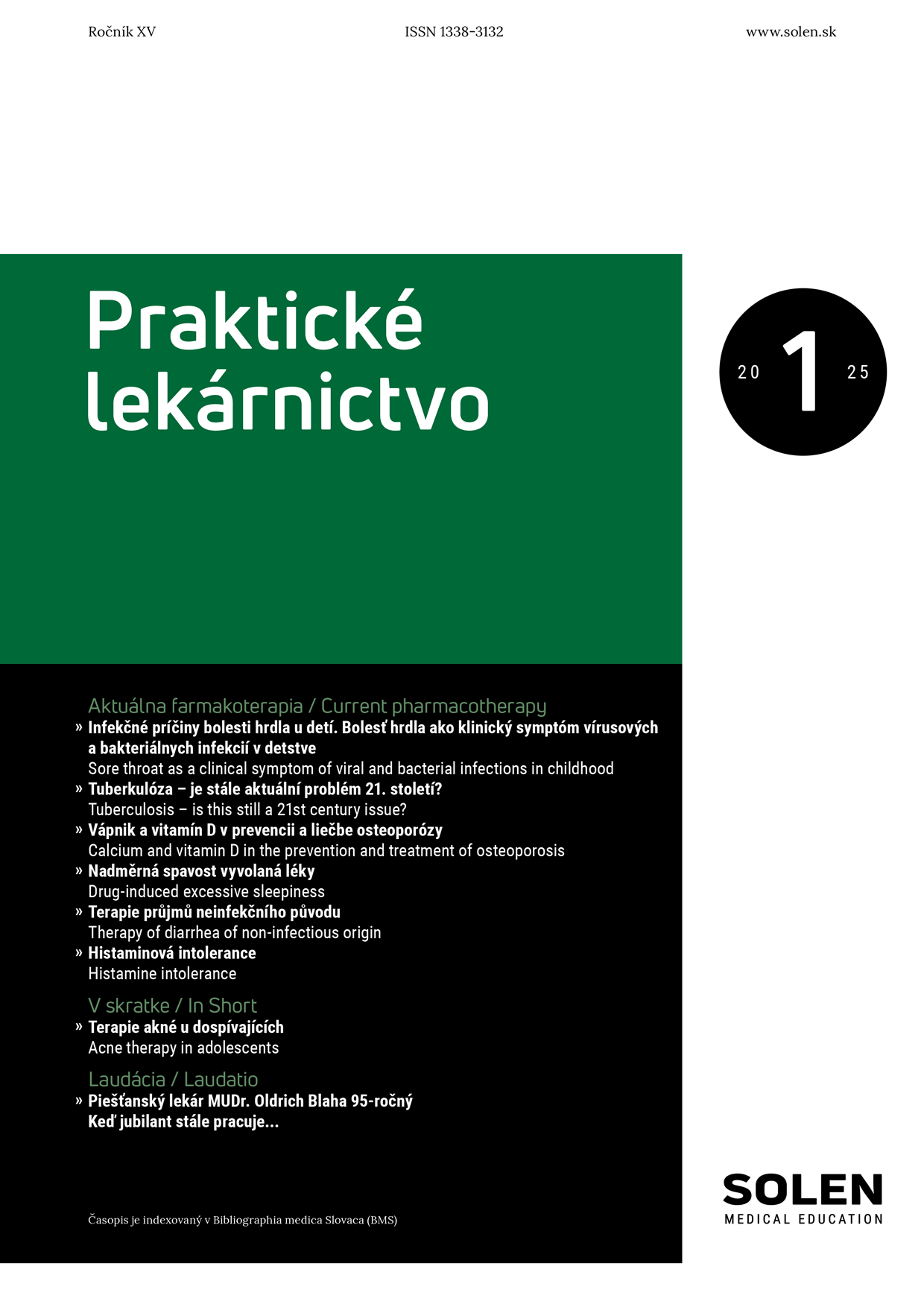Neurológia pre prax 2/2023
Genetické faktory ovlivňující věk nástupu Huntingtonovy nemoci a markery jeho predikce
Huntingtonova nemoc je autozomálně dominantně dědičné neurodegenerativní onemocnění s progresivním postižením motoriky, kognice a poruch chování. Choroba vzniká na podkladě mutace genu HTT, kde dochází k abnormální expanzi repeticí tripletů CAG. Přestože obvyklý věk klinického počátku nemoci je okolo 40 let, jeho rozsah sahá od dětství až do osmého decenia. Hlavním faktorem ovlivňujícím tuto variabilitu je počet repeticí expandované alely, na kterém je věk nástupu nemoci – především v rozmezí mezi 55 a 80 repeticemi – inverzně závislý, významnou roli však hrají i genetické modifikátory identifikované zejména v celogenomových asociačních studiích. Nástup klinické manifestace nemoci lze do jisté míry predikovat na základě kvantifikovatelných neuropatologických změn, z nichž některé ji mohou předcházet až o více než dvě dekády. Kromě implikací pro pacienta je predikce této hodnoty významná pro výzkum a vývoj terapie nemoci.
Kľúčové slová: Huntingtonova nemoc, CAG triplet, věk klinického nástupu nemoci, genetické modifikátory
Genetic factors influencing age of onset of Huntington’s disease and markers of its prediction
Huntington‘s disease is an autosomal dominant neurodegenerative disorder with progressive motor, cognitive and behavioural impairment. The disease is caused by a mutation in the HTT gene, which results in an abnormal expansion of CAG repeats. Although the usual age of clinical onset of the disease is around 40 years, its range extends from childhood to the eighth decade. The main factor influencing this variability is the number of repeats of the expanded allele, on which the age of onset of the disease is inversely dependent, especially between 55 and 80 repeats, but genetic modifiers identified mainly in genome-wide association studies also play an important role. The onset of the clinical manifestation of the disease can be predicted to some extent by quantifiable neuropathological changes, some of which may precede it by up to more than two decades. In addition to the implications for the patient, prediction of this value is important for research and development of new treatments.
Keywords: Huntington’s disease, CAG triplet, age of onset, genetic modifiers


